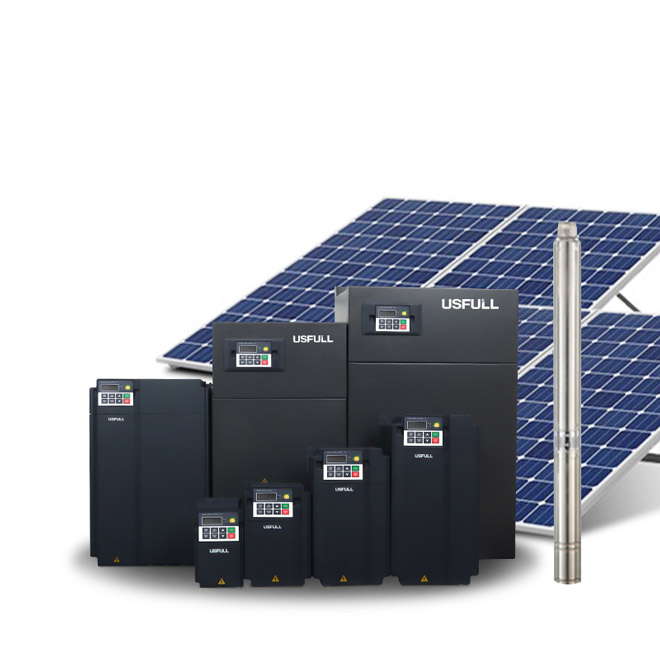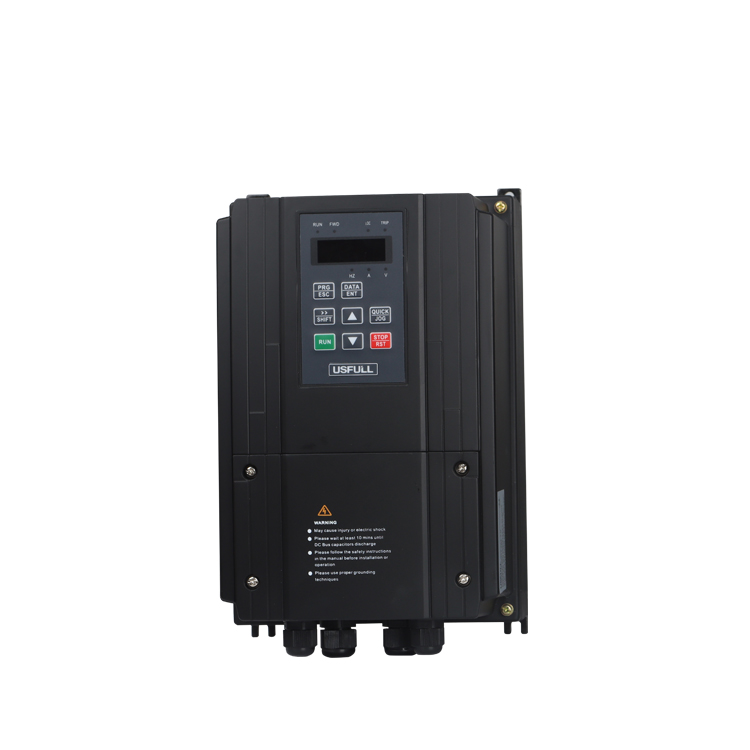Selecting the right solar pump inverter can be overwhelming. Poor decisions lead to inefficiency, downtime, and increased costs. But with the right guidance, you can choose an optimal inverter that meets your specific needs, ensuring reliability and long-term savings.
The right 3-phase solar pump inverter boosts performance and longevity of your system. A well-chosen inverter helps optimize energy consumption, reduces maintenance costs, and enhances overall system efficiency.
Making an informed decision about your solar pump inverter is crucial for long-term success. Let’s dive deeper into key factors that will help you make the best choice.
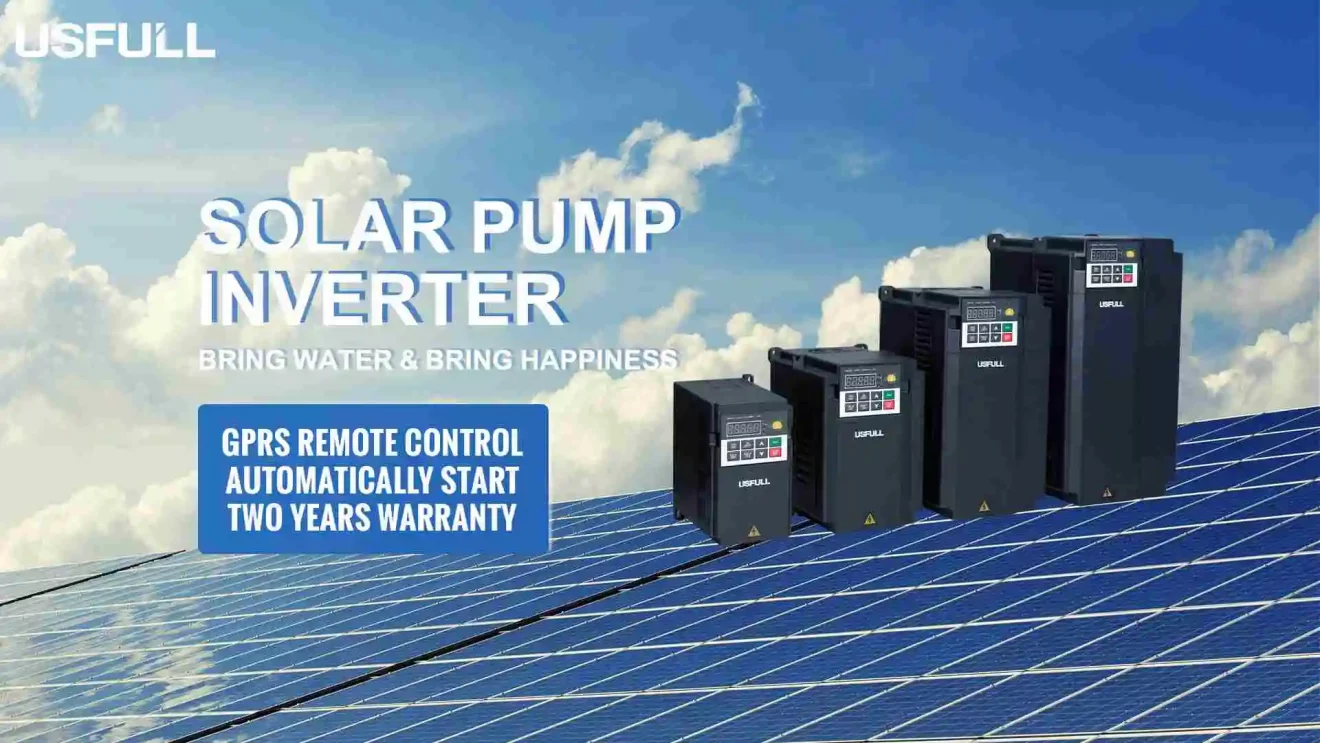
What is a 3-Phase Solar Pump Inverter?
A 3-phase solar pump inverter is a specialized device that converts DC (direct current) electricity generated by solar panels into AC (alternating current) electricity to power a 3-phase electric motor, typically used for solar-powered water pumps. Unlike single-phase inverters, which are limited in power, 3-phase inverters provide a stable and more efficient power supply for high-demand systems like agricultural irrigation, industrial applications, and water pumping in remote areas.
This inverter helps manage the energy generated by the solar panels and adjusts the frequency and voltage to ensure the water pump runs smoothly, without damaging the motor. By maintaining optimal performance, the solar pump inverter enhances the lifespan of both the pump and the entire solar setup.
Power Range and Categories
When selecting a solar pump inverter, it’s important to understand the power range and categories available. These inverters typically come in different power outputs to match the energy demands of your system. In general, the power range of 3-phase solar pump inverters can range from as low as 0.75kW to over 630kW.
Calculating Size and Capacity of your system depends on the type of pump, water volume, head (height of water to be lifted), and distance. It’s essential to choose a power rating that aligns with these parameters. For example, a small-scale irrigation project might need an inverter rated between 3-5 kW, while a larger agricultural setup may require an inverter rated over 20 kW. Matching the inverter power to the pump’s requirements ensures optimal performance without overloading the system.
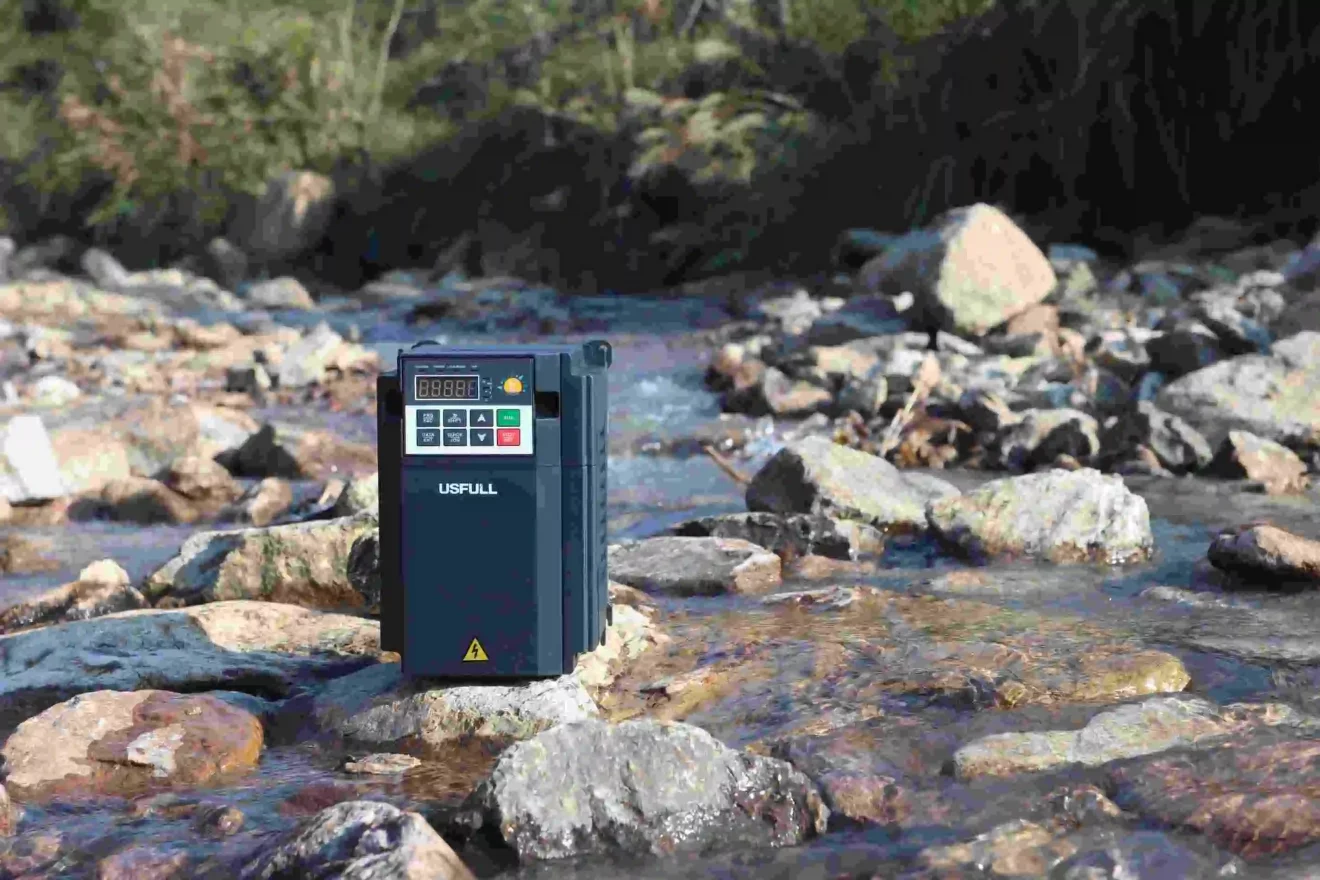
Key Considerations for Choosing a 3-Phase Solar Pump Inverter
Several factors should influence your decision when purchasing a solar pump inverter. First, consider the efficiency of the inverter. Higher efficiency ensures that more of the solar energy is converted into usable power, reducing energy waste and maximizing system performance. Choose inverters with efficiencies of over 95% for the best results.
Second, check the input voltage range of the inverter. This range must align with the voltage output of your solar panels. A mismatch can lead to underperformance or even damage the equipment.
Next, ensure the inverter is designed for variable frequency operation. A variable frequency inverter (VFI) allows you to adjust the speed of the pump according to water demand, optimizing both energy consumption and pump performance. This feature is especially valuable in agricultural settings where water needs vary throughout the day.
Finally, consider the durability and protection features of the inverter. Look for inverters with weatherproof and dust-resistant enclosures, especially for outdoor applications. Protection features such as DC circuit breakers, over-voltage, over-current, and over-temperature safeguards will further enhance the reliability and lifespan of your system.
Application Scenarios and Recommendations
The choice of 3-phase solar pump inverter depends largely on the specific application scenario. For large-scale agriculture, the inverter must support high-capacity pumps to ensure that water is delivered efficiently over long distances or at significant heights. In such cases, an inverter with a high power output and robust durability is essential.
In industrial applications, where continuous water supply is critical, choose a high-quality solar pump inverter with advanced features such as remote monitoring and fault detection. This helps minimize downtime and maintenance costs.
For residential or small farm applications, where the power requirement is lower, a smaller solar pump inverter with basic frequency control may suffice. These are typically more cost-effective but should still provide stable operation and energy optimization.
Each application scenario requires a tailored solution, so understanding the specific requirements of your setup will help you make the most informed decision.
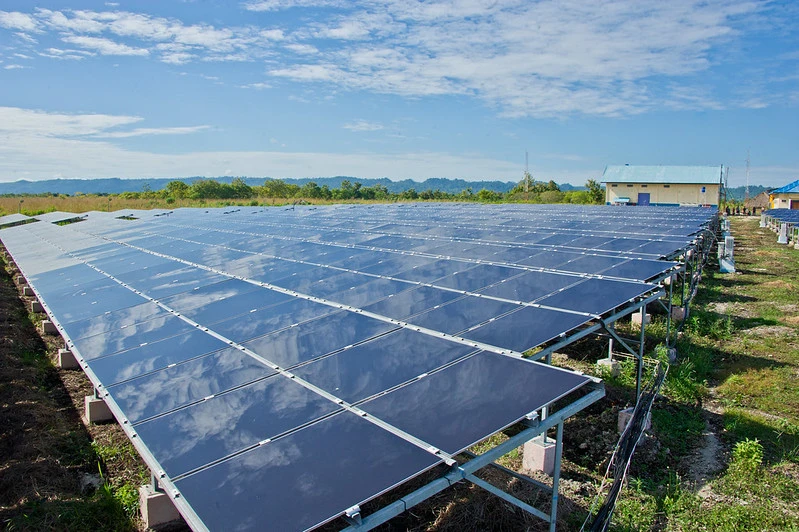
USFULL Solar Pump Inverter
At USFULL, we specialize in providing high-quality solar pump inverters designed to meet the diverse needs of our clients across the globe. Our 3-phase solar pump inverters are engineered with advanced technology to deliver optimal performance, energy efficiency, and long-term durability. With a focus on variable frequency inverters, we ensure that our products can adapt to varying water pumping demands, optimizing both energy use and system performance.
We understand that each project has its unique requirements, which is why we offer customizable options for power ranges, sizes, and features. Whether you’re looking for a solution for agriculture, industry, or remote water pumping applications, USFULL’s inverters provide reliable, cost-effective, and environmentally friendly solutions.
Our inverters are built to withstand harsh environmental conditions, with robust protection features and compliance with international certifications. We are committed to providing excellent customer service and delivering products that ensure the success of your solar pumping projects.
Summary
In conclusion, selecting the right 3-phase solar pump inverter involves evaluating the power requirements, key inverter features, and the application context. Proper selection ensures efficiency and system longevity.


